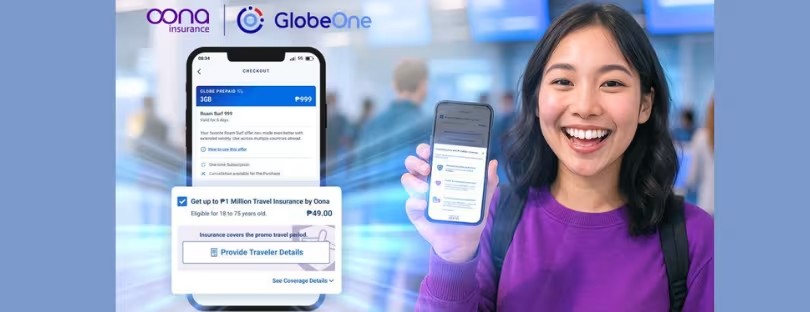
How to Monitor Your Roaming Data Usage Effectively
In the digital age, staying connected is a necessity, especially when you’re traveling. However, with connectivity comes the need to manage and monitor your roaming data usage effectively.
This comprehensive guide will help you understand and control your roaming data usage, avoiding unnecessary charges and staying connected without breaking the bank.
Understanding Your Roaming Data Usage
Roaming data refers to the data you use while you’re abroad and connected to a network other than your home service. Different mobile carriers offer varying roaming data rates and policies, making it essential to understand your provider’s specific terms. Knowing your typical data usage can also help you anticipate potential roaming data charges.
Most carriers provide detailed information about their roaming charges on their websites or through customer service. Understanding these charges and how they apply to your usage can help you avoid unexpected costs on your bill.
Tools and Techniques to Monitor Data Usage
Several tools can help you monitor your roaming data usage. Most smartphones have built-in settings that allow you to track your data usage. These settings often include an option to set a data limit or warning to prevent overuse.
Third-party apps are another great resource for monitoring data usage. Apps like My Data Manager and Data Usage can provide detailed reports on your data consumption, helping you identify patterns and make necessary adjustments.
Lastly, regularly checking your carrier’s reports can give you a more accurate picture of your roaming data usage. Many carriers provide real-time or near-real-time data usage reports through their websites or apps.
Practical Tips to Control Roaming Usage
Once you have a good understanding of your roaming data usage, there are several steps you can take to control it. Adjusting your phone settings can significantly reduce your data usage. This includes disabling automatic updates, restricting background data, and lowering the quality of streaming services.
Using Wi-Fi whenever possible is another effective way to control data usage. Most hotels, cafes, and public spaces offer free Wi-Fi, allowing you to save your mobile data when you really need it. Pre-downloading maps, music, and other data-heavy content can also help reduce your roaming usage.
How to Respond to Excessive Roaming Usage
If you notice excessive data usage while you’re traveling, there are several steps you can take. First, check your phone settings and close any unnecessary apps that may be using data in the background. Next, contact your carrier and discuss your options. Many carriers offer temporary data packs or plan upgrades that can help reduce the cost of excessive data usage.
Negotiating with your carrier can also lead to more favorable terms. If you’re a frequent traveler, consider discussing this with your carrier, as they may offer special plans or rates for frequent travelers.
Conclusion
Monitoring and controlling your roaming data usage is crucial in today’s connected world. By understanding your usage, utilizing the right tools, and taking proactive steps to control your data consumption, you can avoid unexpected charges and make the most of your mobile data. Remember, effective data management is not just about avoiding charges – it’s about staying connected so you can make the most of your travels.











